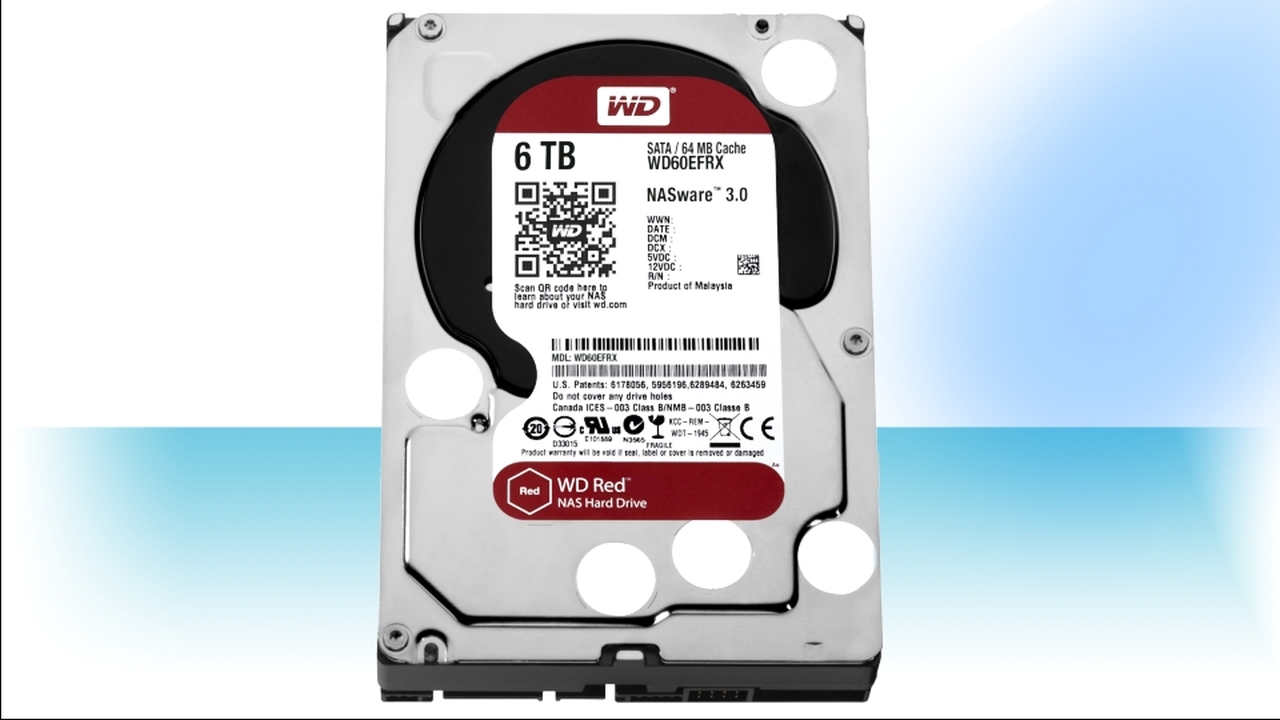WD launches cheapest 6TB drive, highest platter density yet
1.2TB per platter

Western Digital has finally unveiled its first 6TB HDD as part of its family of products that focus exclusively on NAS (network attached storage).
The WD Red range will welcome a 5TB and 6TB hard drive and a new subset, WD Red Pro, will provide SKUs to address the medium-to-large NAS market exclusively.
The 6TB model comes with a three-year warranty, an internal transfer rate of 175MBps and a 64MB cache as well as WD's new NASware 3.0 firmware.
Both Seagate and HGST, a subsidiary of Western Digital, have already launched 6TB models, which took over 4TB as the biggest storage capacity on the market.
Surprisingly affordable
However, WD trumps the two by offering a cheaper model (you can get the 6TB model for as little as £212 - about $380, AUD$410), significantly less than the competition.
More importantly, its cost per GB is only about 50% higher than the average price of 3TB non-NAS tweaked hard disk drives which makes it a bargain for those trying to improve their NAS capacity without resorting to swapping the NAS enclosure altogether.
It's also the first drive on the market to breach the 1TB per platter capacity without resorting to SMR (Shingled Magnetic Recording), HAMR (Heat-assisted Magnetic Recording) or Helium gas as for its subsidiary
Are you a pro? Subscribe to our newsletter
Sign up to the TechRadar Pro newsletter to get all the top news, opinion, features and guidance your business needs to succeed!
HGST employs seven platters while Seagate has a 6-platter design to reach 6TB. WD uses 1.2TB platters, setting a new areal density record, at least in shipped drives.
Western Digital has also confirmed that 5TB and 6TB SKUs will also be added to its Green range with an even lower price range.

Désiré has been musing and writing about technology during a career spanning four decades. He dabbled in website builders and web hosting when DHTML and frames were in vogue and started narrating about the impact of technology on society just before the start of the Y2K hysteria at the turn of the last millennium.